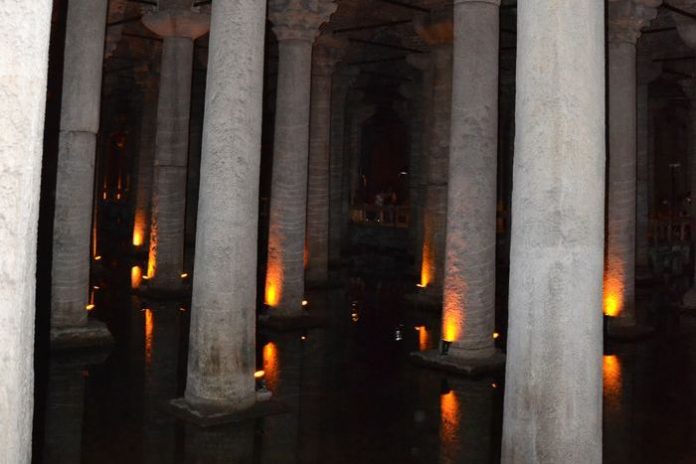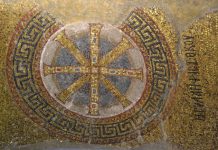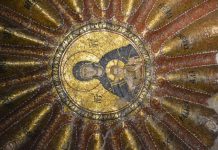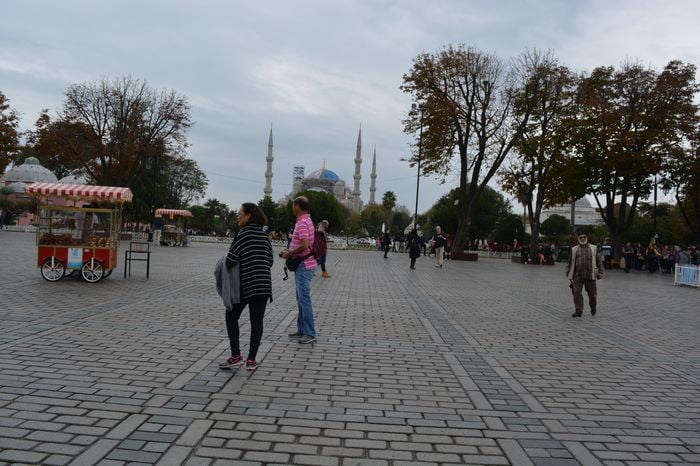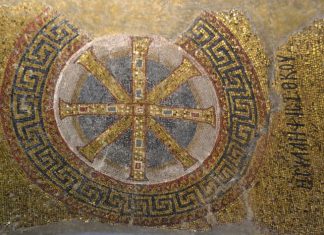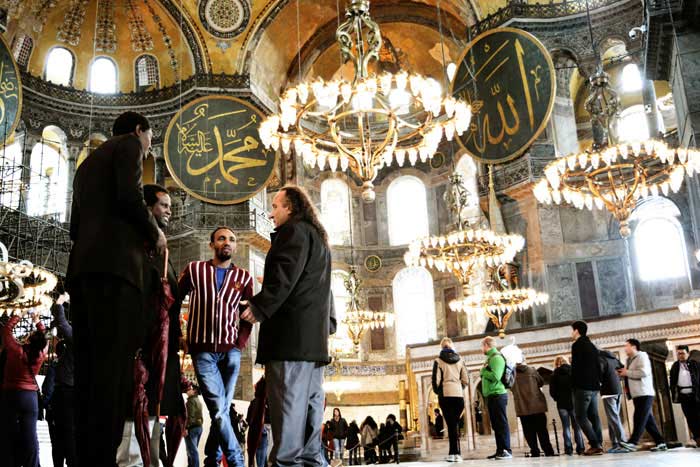Zeyrek Church Mosque, situated in the Zeyrek neighborhood, derives its name from its location. Built during the Byzantine era between 1124 and 1137, it holds significant historical and architectural importance. Let’s delve into its rich history and structural features.
The Byzantine Era
During the reign of Emperor Ioannes Komnenos and his wife Eirene, Zeyrek Church Mosque was commissioned. This period marked a flourishing time for Byzantine architecture, evident in the intricate design and grandeur of the structure Discovering Turkey’s Naval Museum.
Architectural Design
The mosque comprises three interconnected churches. The central church, dedicated to Archangel Michael, serves as a cemetery chapel for prominent families such as the Komnenos and Palaiologos. The remaining two churches honor Christ the Pantocrator and the Virgin Mary, featuring a closed Greek cross layout.
Transformation
Following the Conquest of Istanbul, the mosque underwent transformations. Initially serving as a medrese (Islamic school), it later transitioned into a neighborhood mosque. Additionally, a Bayrami Lodge, named after Sultan Mehmet the Conqueror’s teacher, Akşemseddin, was established on the premises Local Guide Istanbul.
Ottoman Influence
Throughout the Ottoman era, Zeyrek Church Mosque witnessed several renovations and adaptations. The presence of the Bayrami Lodge added to its significance as a religious and educational center. The structure endured repairs and refurbishments, reflecting the evolving architectural styles and religious practices of the time.
Renovation Efforts
In recent years, Zeyrek Church Mosque has undergone extensive renovation endeavors. These efforts aim to preserve its historical integrity and ensure its longevity for future generations to appreciate. The restoration projects highlight the importance of safeguarding cultural heritage sites.
Zeyrek Church Mosque stands as a testament to the rich tapestry of Istanbul’s history. From its Byzantine origins to its adaptation during the Ottoman era, it encapsulates centuries of architectural and cultural evolution. Through ongoing restoration efforts, this iconic landmark continues to inspire awe and admiration, inviting visitors to delve into its storied past.
